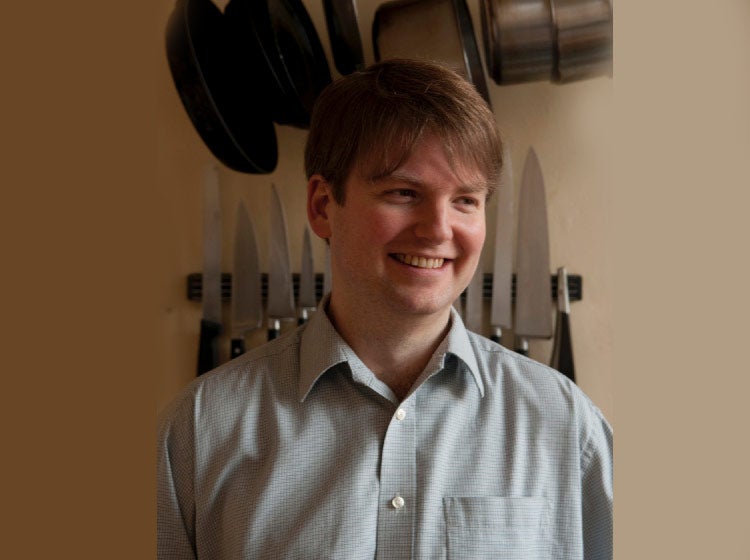
Adulthood is not that dramatically removed from the schoolyard. While the bullying and complex politics of the playground are great preparation for work in the most hardnosed of professions, children’s games are also a window into our engagement with the world. I think of one of my own childhood favorites: Top Trumps.
For those who have never been somewhat nerdy ten-year-old boys, game play is very simple. The pack of cards features characters or objects from a particular field — my favorite was fighter planes, but the game is available for anything from dinosaurs to astronomic bodies — assigning each scores in different categories. The cards are dealt, and the players take it in turns to choose a category to play. If their card has the highest rating in that category, then they are victorious; the level of skill required is minimal, but it is ideal for boys who care passionately about the top speed of a Spitfire.
It is increasingly apparent that we live in a Top Trumps world. Quality is a difficult concept to communicate without an elaborate philosophical discussion — what does it actually mean? — so some rough-and-ready numbers can steer us in the appropriate direction. A car dealer will talk in miles per gallon or speed from naught to 60, while countless online comparison tools offer to help assess the merits of everything from cell phones to home insurance. Numbers drive our consumer choices.
But it goes further than that. The metrics that we choose to observe also create the incentives within the industry. In an organizational context, there is much interest in how this influences behavior in everything from law enforcement to investment banking. Should the police be rewarded for arrest rates or conviction rates? The subtle change in metric can make a profound difference. It is the difference between chasing down as many minor offenses as possible, and concentrating on slamdunk convictions. That is not to say that I disparage data. Far from it. Data is eternally useful, the fundamental tool for analysis and reflection. But sophisticated measures of performance gather multiple data sets and accept that they are, at best, limited approximations of the real world. Unfortunately, in food and wine, the difference between a simplified model and complex reality is too readily lost in the rush to communicate a point of difference.
The single piece of information on much premium chocolate is the percentage cocoa solids, to the extent that recipes will use this information to define premium itself as chocolate with 70 percent or higher. To the producer who wants to start a conversation about terroir in the cocoa industry, this is maddening. Quality has already been defined in terms of a simple variable, and their chocolate is consumed in light of this knowledge. A winemaker friend, whose estate is known for its whole-bunch fermentation, shares exactly the same frustrations. With each of his wines, tasters try to account for the differences solely in terms of the handling of the stems. It is wine understood in a single dimension.
Numbers add a quantitative veneer of objectivity to judgments that otherwise might seem arbitrary or capricious. The popularity of age statements in everything from cheese to whisky is the perfect example. In each case, older does not necessarily mean better; only different. Youthful vigor is as desirable as mellow age. Age is the simple numerical prism through which quality can be understood. It is an easy point of difference, but in many cases this merely means separating out the batches with the greatest capacity to age. The metric of measurement dictates the terms in which quality is understood, but it denies us the bright fruity joy of great young Parmigiano Reggiano or the smoky illicit thrill of new-make spirit fresh off the still.
Some comestibles are better served than others. Indeed, the variables by which producers choose to be defined say everything about their aspirations. Translating their chosen variables into the familiar world of wine reveals just how little knowledge they demand from the consumer. The Vietnamese coffee industry is not known for its excellence, so the bag proudly proclaiming that it contains “100 percent coffee” is perhaps unsurprising. Any winemaker who felt the need to reassure consumers that they were buying 100 per cent wine would certainly not belong in these pages. But premium specialty coffees will regularly emphasize that they are 100 percent Arabica beans. I have yet to encounter the equivalent “100 percent Vitis vinifera” as a quality mark.
Oddly enough, it is the technology industry that offers the most successful alternative model. Top Trumps may be a perfect metaphor for the mine-is-bigger/small-than-yours mentality of much of the industry. But in a figure like Steve Jobs, the tech world shows the potential to move beyond simple schoolboy games. With Apple, Jobs successfully took the technology industry from a simple obsession with processor speed and ever-increasing memory power to the point where he successfully aestheticized the whole experience. Using an iPhone is about more than just the processing power; it is about the beauty and functionality of the interface itself — the feel is everything. When consumers have the same confidence in their interactions with food, I will be a happy man.






